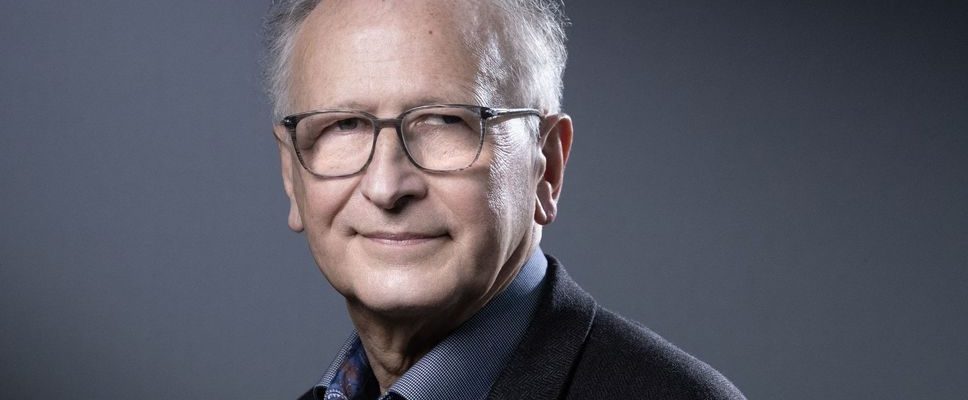More than sixty years ago, knowledge of genes and the properties of DNA led to the emergence of the concept of gene therapy. The first idea was to apply it to the treatment of hereditary diseases. It took another forty years for it to become a reality. To date, 17 hereditary diseases are treated in this way (immune deficiencies, haemoglobinopathies, haemophilia, etc.). This is indisputable progress, even if the results vary in intensity and duration depending on the disease. To this was added ten years ago the use of gene therapy to treat certain blood cancers. Here, the strategy differs: it consists of making patients’ T lymphocytes express a synthetic gene which gives them the property of recognizing a molecule present on the surface of tumor cells and killing them. These are “CAR-T” for “chimeric antigen receptor T”.
Schematically, these therapies are based on one principle and two strategies. The principle ? Transport the gene in a vector that allows it to enter cells and reach their nucleus. Both strategies? To target dividing cells, such as hematopoietic cells (which generate blood cells), the therapeutic gene must be replicated in each dividing cell. For this, the best approach involves having this gene embedded somewhere in a chromosome. Retroviral vectors, including HIV in the first place (rendered harmless of course), meet these specifications effectively and are now commonly used. The cells are infected ex vivo then reinjected. In the other cases, an “AAV” virus (for adeno-associated virus) is used which is injected directly into the patient and allows the persistence of the therapeutic gene not integrated into the genome.
These techniques have limits: neutralizing effect of the immune response against the viral vector, the need in some cases to inject very large quantities of virus – which can prove to be toxic – and target cells that are sometimes difficult to reach. Above all, this principle of adding a gene, which is not placed in its physiological chromosomal environment, means that its regulation (level and moment of transcription) is not respected. This strategy cannot therefore be applied in a very large number of cases.
Much wider application prospects
This is where two advances likely to provide a decisive impetus to gene therapy come into play: genomic engineering on the one hand, non-viral vectorization on the other. The “CRISPR-Cas” system was developed by researchers Emmanuelle Charpentier and Jennifer Doudna. These are molecular scissors capable of cutting DNA at almost any point and very precisely. This makes it possible to inhibit the expression of a gene by cutting it and leaving the cell to repair the cut by generating mutations. This system has already been used with profit to treat haemoglobinopathies.
But to correct a genetic anomaly, it is necessary to add a DNA sequence which will be inserted at the point of the cut. A delicate operation, which generates many errors and is therefore not usable as it is as a therapy. The obstacle was undoubtedly circumvented by an ingenious American researcher, David Liu. He succeeded in modifying the CRISPR-Cas system in two distinct ways, either to correct a point mutation of a nucleotide (“base editing”), or to add a corrective DNA sequence (“prime editing”), without cutting completely DNA. These approaches increase the frequency of corrections and reduce the risk of error. Convincing results have been obtained in the laboratory, we are awaiting confirmation in medicine. The applications are potentially very numerous.
The lipid nanoparticles used successfully in vaccination against Covid can undoubtedly also be used to transport the RNAs of the modified CRISPR-Cas system and thus serve as gene therapy vectors in vivo while avoiding the disadvantages of AAV vectors. Thus, the prospects for gene therapy applications become much broader. We are undoubtedly quite close to a turning point in the development of this therapy, provided that these products are accessible to the patients concerned.
* Alain Fischer is President of the Academy of Sciences and co-founder of the Institute of Genetic Diseases
